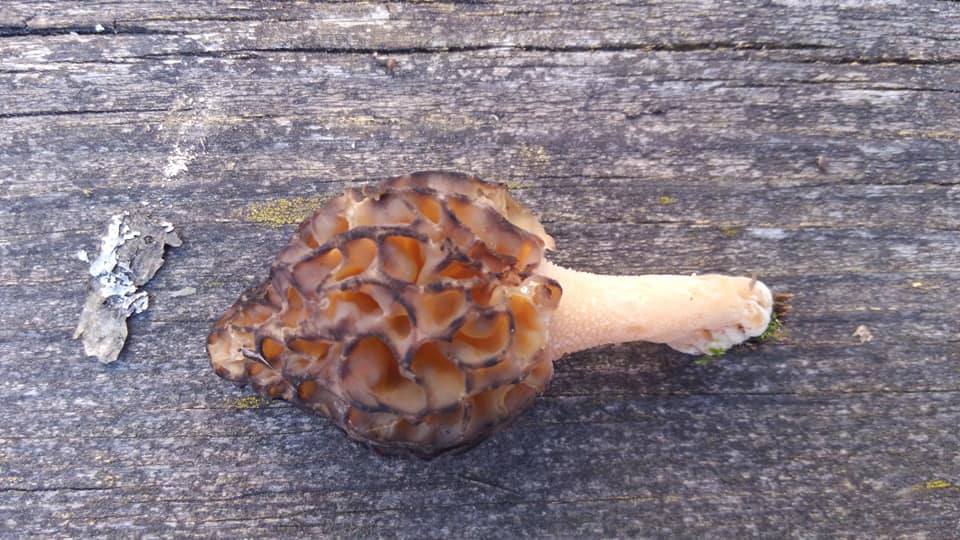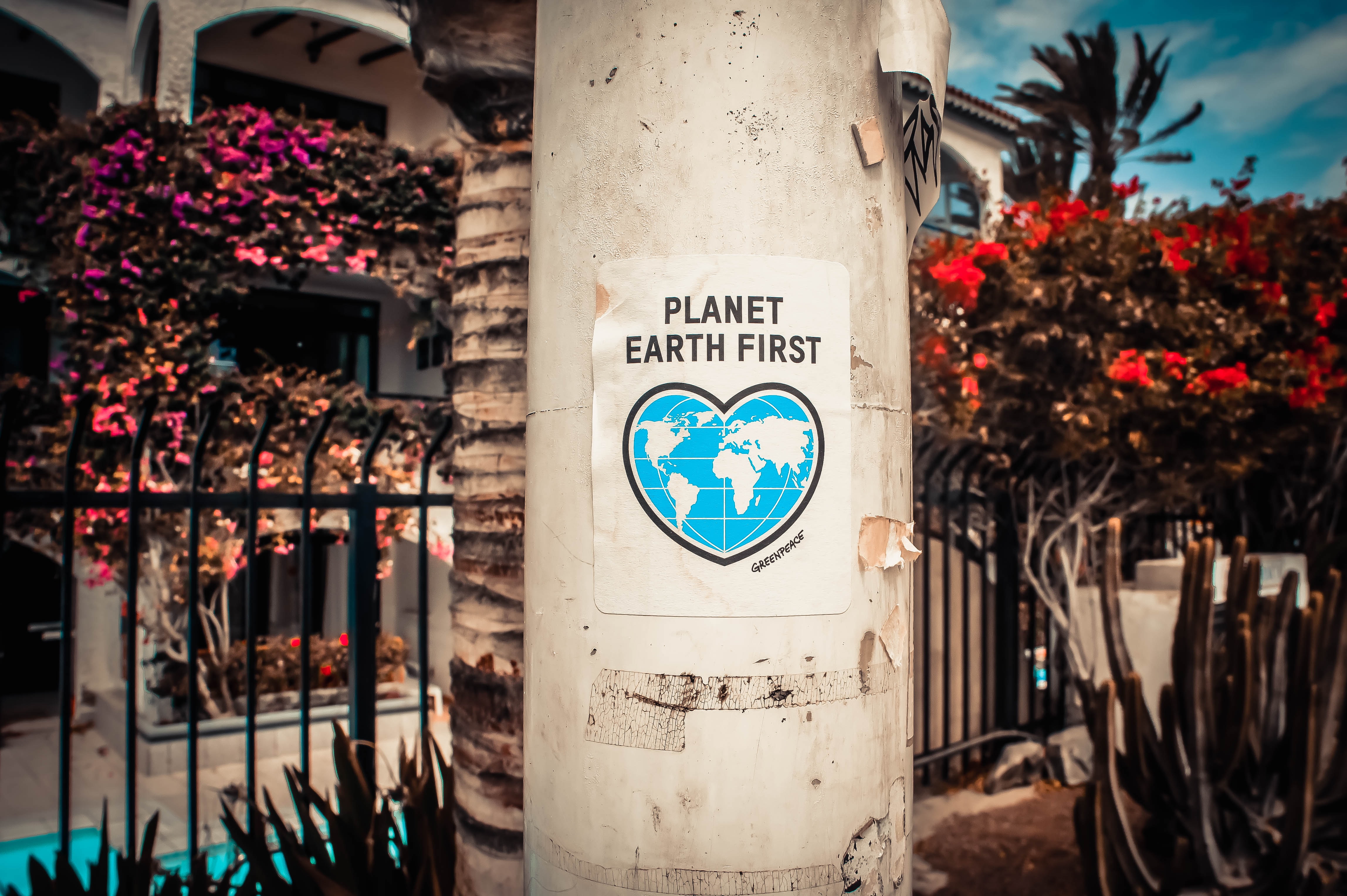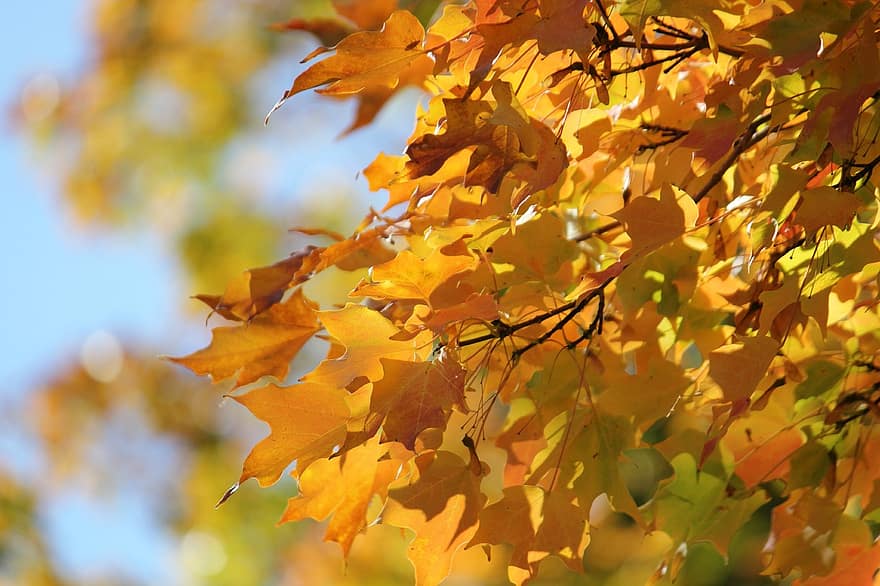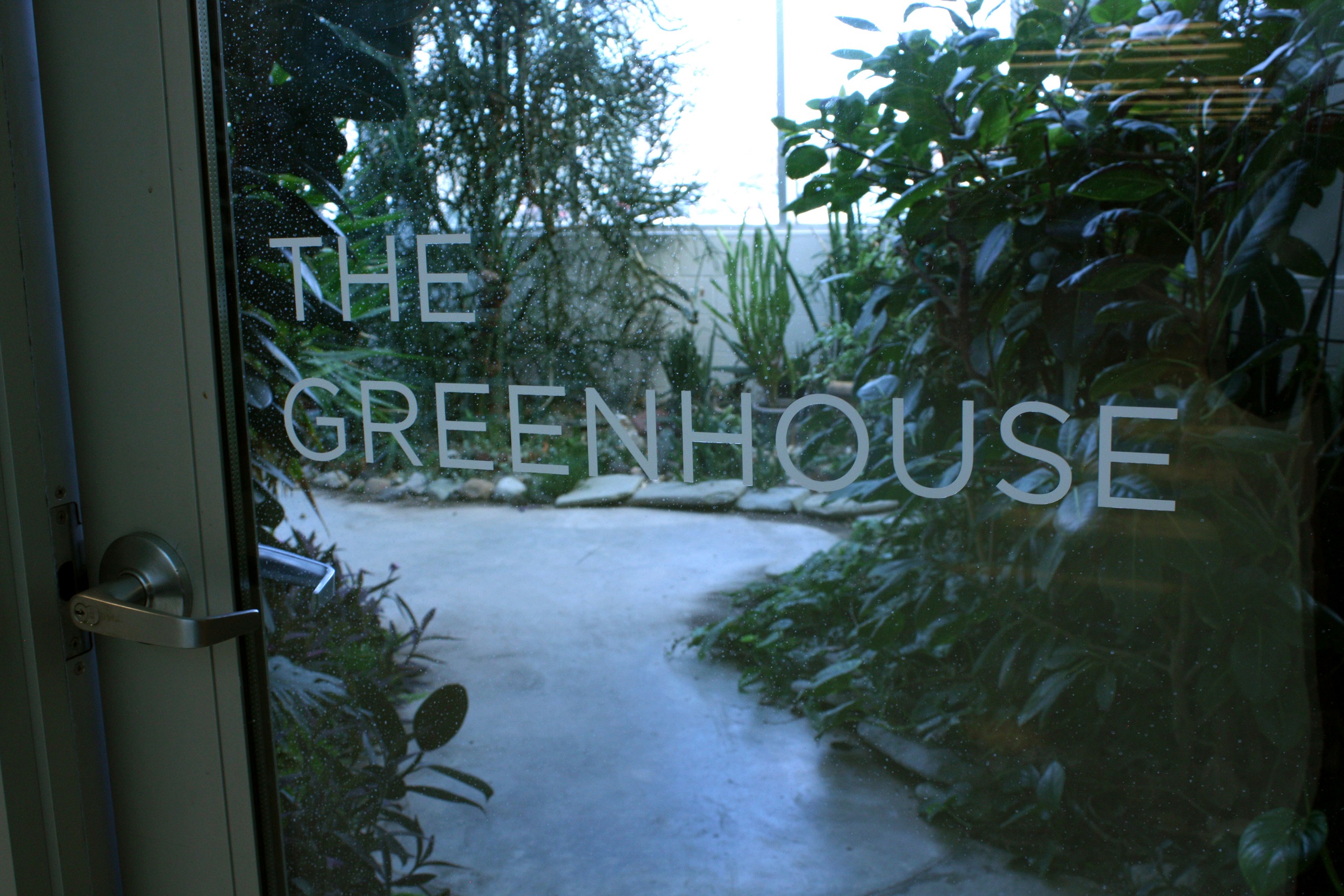By Haeley Huggard
Going for nature walks and hikes is going to be what keeps many of us from going stir crazy during this quarantine. Humans are social beings and let’s face it: who really wants to spend all day, every day stuck inside?
To get through this COVID-19 nightmare, there may come a time when we will seek entertainment while we walk and hike, because seeing the same sights can get old. But how do we mix it up if we are seeing the same places every day?
During late April and most of May – how late or early the season is will vary depending on weather – morel mushrooms start to grow.
Morel mushrooms are found only during spring and are small, with a light to medium brown color. If they are waxy and yellowish, they are considered a false morel.

May 22, 2019. (Photo courtesy of Jacque Huggard)
False morels are said to be poisonous, but that is heavily debated in the morel mushroom community. Most people argue that they are edible despite their waxy, crumbly texture, while others tend to stick with the original morel.
You can tell a real morel from a false one by looking at where the cap (top of mushroom) connects. If the cap connects to the stem, then it’s a true and edible morel. If it looks more like an umbrella with the cap disconnected from the stem, it is considered a false morel.
Hunting the mighty morel
They like to grow in areas where there is a lot of sun and moisture. Areas around trees and on patches of moss are perfect examples of where to begin looking. Morels tend to grow where soil has a high pH level, such as forests, apple orchards or even places that have experienced a forest fire.
One of the best things about morel mushrooms is that while there are some that grow on their own, most tend to grow in clusters together. Where you find one, you can usually find another, which is what makes the hunt so exciting.

April 24, 2019. (Photo courtesy of Jacque Huggard)
If you are feeling unsure of what to look for, there are also several published mushroom guides that have detailed pictures of what to look for and what to avoid. Guides such as “The Complete Mushroom Hunter” by Gary Lincoff or “Morel Hunting” by John Maybrier can be useful books to have around if you’re in an area where you don’t have cell service.
Preparing and celebrating the snack
After finding morels, be sure to take them home and clean them properly before cooking them. Morels are not the type of mushroom to be eaten immediately after picking them. Because they are a part of nature, they may have bugs inside them or have a bit of dirt on them.
To properly clean them, simply cut them in half, put them in a bowl or pot (depending on how many you have found), cover them with water and add some table salt to the water. Letting them sit in this mixture in the fridge overnight will make them ready for cooking the next day or even later in the evening.
Once the mushrooms have soaked in saltwater for at least a couple of hours, they are ready to be cooked. One of the most common ways to cook them is to heat a pan with a small amount of olive oil to coat the bottom, then take the mushroom and roll it on a plate of flour, salt and pepper. Place them in the frying pan until desired crispiness. Serve and enjoy!
Even though we are quarantined, we shouldn’t let that stop us from having fun with our outdoor activities. Adding morel mushroom hunting to your outdoor adventures is a great way to have a tasty reward for your exercise.




Be sure to cook morels as they contain a mild toxin that is killed during the cooking process! This toxin will cause severe diarrhea and vomiting if not killed during cooking…trust me…I know!
I would never eat a false morel despite what “some” people would say.